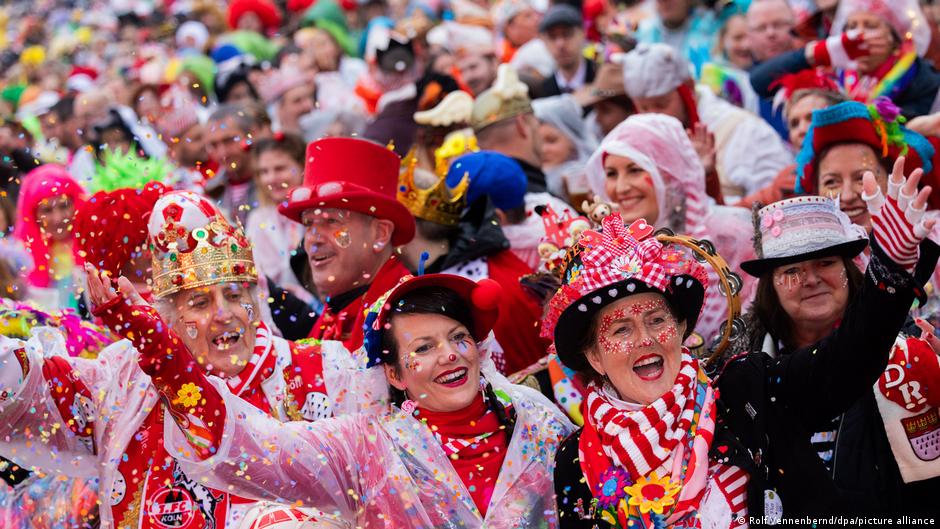
"It can seem like a strange coincidence to see children parade through the streets of Germany with lanterns to mark St. Martin's Day on November 11 while, at the same time, colorfully dressed carnival revelers shout "Alaaf" or "Helau." Do these things really go together? In fact, Carnival and St. Martin's Day are two customs that share a common origin dating back several centuries."
"Bishop Martin of Tours died on November 8, 397, and was buried on the 11th. This was a huge event, and explains why this date is celebrated, and not the day of his death. The legend of how Martin shared his cloak with a beggar while he was a soldier in the Roman army became the most famous story about the saint's life."
"In the Middle Ages, St. Martin's Day, 11 days after Thanksgiving, marked the end of the farming year. The harvest had been brought in, the grapes picked, the rent had been paid (usually with fattened geese), and wages had been given out. Following the slaughtering of livestock for winter provision, there was a celebration, which also allowed people to consume larger quantities of perishable foods such as meat, eggs and dairy products on this day before the period of fasting ordered by the Church."
Carnival and St. Martin's Day share a common origin tied to Bishop Martin of Tours. Martin died on November 8, 397, and was buried on November 11, which established the date of celebration. The most famous legend recounts Martin sharing his cloak with a beggar while serving as a Roman soldier. Martin attained sainthood for charity and became a patron for the poor, craftsmen, winegrowers and farmers. In the Middle Ages, November 11 marked the end of the farming year after harvest, rent payments and livestock slaughtering. Medieval Advent functioned as a strict fasting period before Christmas.
Read at www.dw.com
Unable to calculate read time
Collection
[
|
...
]